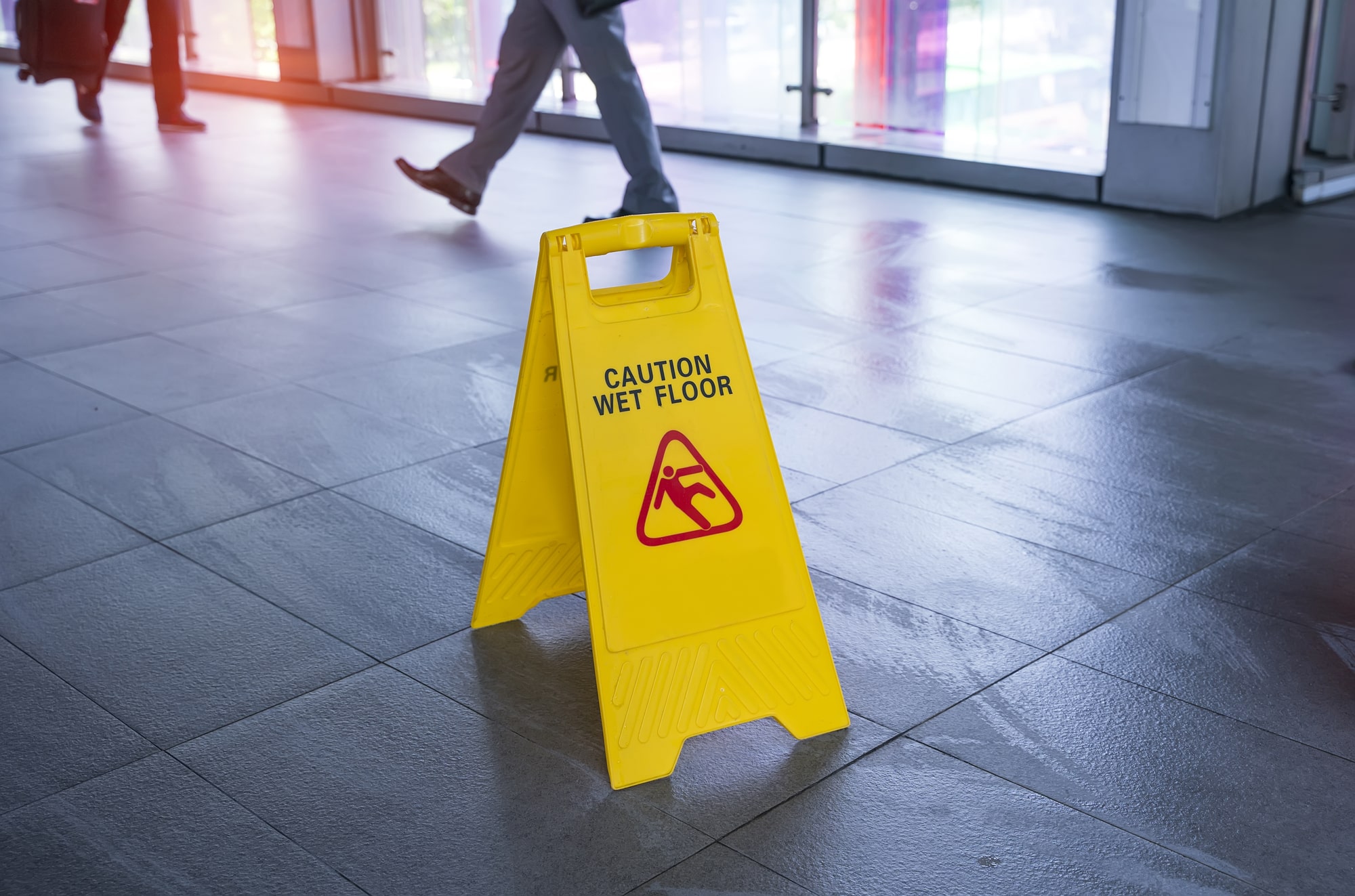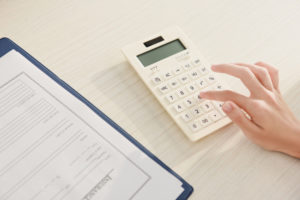Slip and fall accidents are more common than you might think and can result in serious injuries, including spinal cord injuries. Such injuries can have life-altering consequences, affecting your mobility, independence, and overall quality of life. Understanding how to handle a spinal cord injury claim following a slip and fall is crucial to securing the compensation you need for your recovery.
The Severity Of Spinal Cord Injuries
Spinal cord injuries can range from minor to severe, depending on the extent and location of the damage. Injuries can result in partial or complete paralysis, affecting the body’s motor and sensory functions. Common symptoms include loss of movement, sensation, and control over bodily functions. These injuries often require extensive medical treatment, including surgery, physical therapy, and long-term care.
A lawyer, like a slip and fall lawyer, can attest to the profound impact spinal cord injuries can have on victims and their families. It is essential to recognize the seriousness of these injuries and the comprehensive care they require.
Immediate Steps To Take After A Slip And Fall
If you suspect a spinal cord injury after a slip and fall, seeking immediate medical attention is critical. Do not move the injured person, as improper handling can exacerbate the injury. Emergency medical professionals should evaluate and stabilize the injured individual.
Once medical needs are addressed, report the incident to the property owner or manager. Documenting the accident is vital for your claim. Gather evidence from the scene, including photographs, witness statements, and any relevant environmental conditions that contributed to the fall.
Proving Liability In Slip And Fall Cases
To file a successful claim, you must prove that the property owner’s negligence caused your accident. This involves demonstrating that the owner failed to maintain a safe environment. Common hazards leading to slip and fall accidents include wet floors, uneven surfaces, poor lighting, and obstacles in walkways.
Evidence collection is key. Photographs of the hazardous conditions, witness testimonies, and incident reports can help establish liability. In some cases, expert testimony from safety professionals may be necessary to strengthen your case.
Documenting Your Injuries And Losses
Detailed documentation of your injuries and their impact on your life is crucial. Keep comprehensive medical records, including diagnoses, treatments, and ongoing care requirements. A daily journal documenting your symptoms, pain levels, and the ways the injury affects your daily activities can also be compelling evidence.
Additionally, document all financial losses related to the injury, including medical bills, rehabilitation costs, and lost wages. This thorough record will help build a strong case for compensation.
Calculating Compensation For Spinal Cord Injuries
Spinal cord injuries often result in significant economic and non-economic damages. Economic damages include current and future medical expenses, rehabilitation costs, home modifications, and lost income. Non-economic damages encompass pain and suffering, emotional distress, and loss of enjoyment of life.
Given the long-term implications of spinal cord injuries, it’s essential to account for future medical needs and potential loss of earning capacity. Consulting with medical and financial experts can help ensure that all aspects of your injury are considered in your claim.
Finding A Law Firm That’s Right For You
Spinal cord injuries from slip and fall accidents are serious and require comprehensive legal and medical attention. By taking immediate action, documenting your injuries thoroughly, proving liability, and calculating all relevant damages, you can build a strong case. Attorneys like those at Wandres Law, PC can offer invaluable support, ensuring your rights are protected and that you receive the compensation necessary for your recovery and long-term care. When you need help, contact a law firm you can trust.


